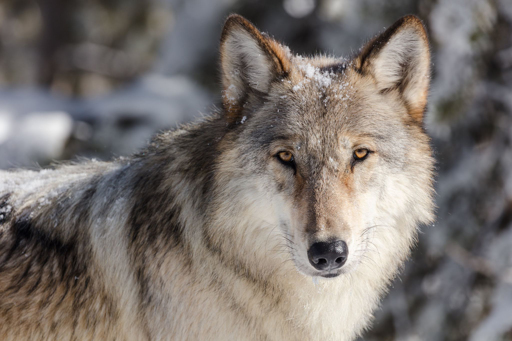There are some 2,700 wolves across Idaho, Montana and Wyoming, and seemingly just as many opinions about how they should be managed.
In August, a federal judge from the U.S. District Court in Montana added one more to the mix when he ordered the U.S. Fish and Wildlife Service (USFWS) to revisit its 2024 decision to keep Northern Rocky Mountain gray wolves off the federal endangered species list and under the management of those three states.
Among other missteps, the agency had not incorporated “the best available science” into its decision, Judge Donald Molloy wrote. His decision has come at a precarious time for the Endangered Species Act: The USFWS is considering revoking key protections for habitat critical to endangered species, and a handful of proposed bills before Congress would remove protections from certain animals, bypassing the agency.
The ruling is just the latest chapter in a saga that’s stretched on since 1995 over whether wolves across different regions of the lower 48 states should be listed—what Molloy calls a “political yo-yo process.” Scientists say this constant volleying could have profound consequences for wolves in the contiguous U.S., undermining the decades of work that conservationists and governments have done to bring them back from the brink. Gray wolves are still listed as endangered or threatened in the majority of states.


